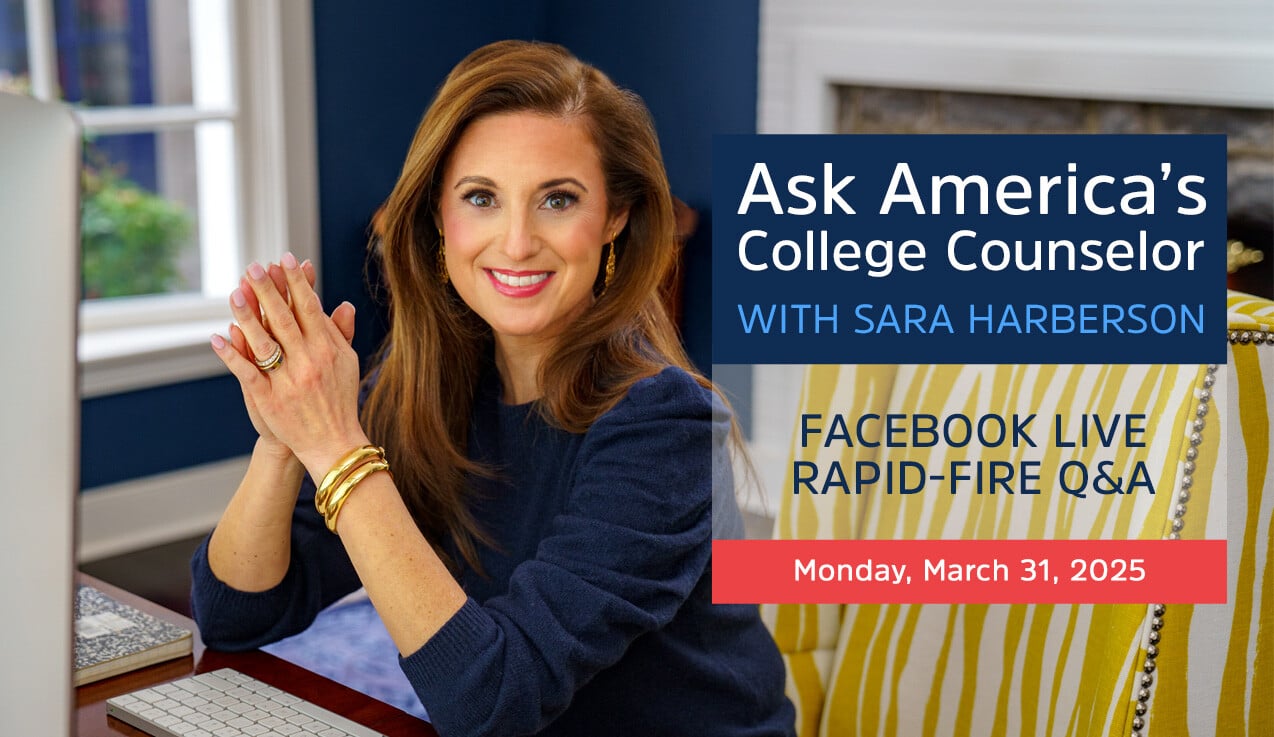What if you had one more opportunity to increase your chances of admission? Would you take advantage of it or not?
For some students, Early Decision 2 programs sound appealing. The acceptance rate can be higher in this round, and there are fewer students applying than in the Early Decision 1 round which can translate into less competition. However, deciding on whether or not to apply to an Early Decision 2 program is complex.
Oftentimes, the student is still reeling from not being admitted to another Early Decision program or an Early Action one. Yet, timing and deadlines force the student to weigh their options once more.
Here are the top 10 things you need to know about Early Decision 2:
1. Not all colleges offer Early Decision, let alone a second round of it.
2. Timing is a bit later for ED2 programs.
RELATED READING: 12 Days of Winter Break: How to Make Them Count
3. Just like an ED1 program, ED2 is binding.
4. The ED2 pool is usually a fraction of the size of the ED1 pool at a college.
5. There is a reason a college offers ED2: They need it.
6. Be careful not to use ED2 as a guarantee.
7. ED2 is an opportunity for the college to fill in gaps that were not met during ED1.
8. Students in the Regular Decision applicant pool can switch their application to ED2 as long as it happens by the ED2 deadline.
If you want to switch from non-binding Early Action or Regular Decision to Early Decision 2, you typically need to email the college's main admissions email account or update the admissions portal. The student, parent, and counselor will also need to complete and submit the Early Decision agreement form.
9. If you don't believe how important these ED2 applicants are to a college, consider what Tulane and a number of other private universities have done in the past.
To increase its applicant pool in ED2, Tulane has been known to reach out to applicants to see if they want to switch their applications to ED2. Students assume their application has been read if they are contacted by a college and encouraged to switch their application. But the fact is that most colleges send a blanket message to every student, and some applications have not even been vetted for competitiveness.
10. Students should consider an ED2 plan BEFORE they hear back from their ED1 or Early Action program.
Ultimately, though, students need to see how they feel once the dust settles from getting denied or deferred before they can fully commit to another binding program.
Read More: 5 Reasons You Need to Have a Back-Up Plan
When I was the Dean of Admissions at Franklin & Marshall College, the Early Decision 2 option wasn't very popular among applicants. But we needed that pool to try to admit and thus enroll as many students as we could before the Regular Decision round. When families know the strategy behind an admissions policy, the power shifts from the colleges to the students. While pivoting from one top choice to another is no easy feat for a student who had their heart set on one college, Early Decision 2 can be the right option for you.











